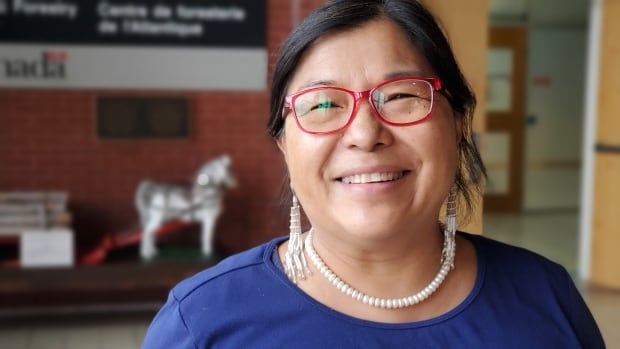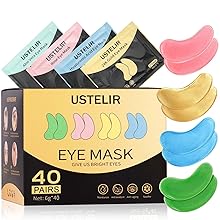
Canada's seed vault asks First Nations to identify important tree species
CBC
The National Tree Seed Centre in Fredericton is like an ark for seeds.
And it hopes to send some of those seeds out into the world to help repopulate vulnerable species that First Nations communities across the country hold dear.
Since the 1960s, the seed centre has collected and catalogued millions of seeds and stored them in freezers below ground level at the Hugh John Flemming Forestry Centre.
"Our historic role has been to provide seed of Canadian tree and shrub species for anyone worldwide that's interested in Canadian species for research or educational purposes," said Donnie McPhee, the centre co-ordinator.
But its second role, which took shape this century, is to act as a conservation centre for species at risk, he said.
Seeds of coming into the centre are inspected for viability, catalogued, and frozen. Most go into one of three -20 C freezers. In the case of those that can't survive such conditions, their embryos are frozen in liquid nitrogen.
Every 10 years, the centre takes a sample of each collection and gets the seeds germinating to test for viability.
The seed centre has divided Canada into "eco-districts" and is trying to store 15 to 20 collections of each species from an eco-district where they naturally occur.
"So when you're talking 700 tree and shrub species over 1,000 eco-districts, there's a lot of collections to be made to conserve and have that seed available for research and conservation purposes."
For about 15 years, the centre has worked with Indigenous communities, but McPhee described the relationship during these years as "ad hoc." The priorities of the federal government and the seed centre came first, and there was little concern for what First Nations were noticing around them, he said.
But this is changing.
"One thing we've really begun to notice over the last few years is when we're working with Indigenous communities, no matter where you are in the country, there's different species that are of concern to them," McPhee said.
"Maybe they're not a registered species at risk, but the local community has noticed that there's a decline in their populations for this particular species."
Under a program just launched by Natural Resources Canada, the seed centre is looking to focus on species that First Nations consider important.





















 Run 3 Space | Play Space Running Game
Run 3 Space | Play Space Running Game Traffic Jam 3D | Online Racing Game
Traffic Jam 3D | Online Racing Game Duck Hunt | Play Old Classic Game
Duck Hunt | Play Old Classic Game